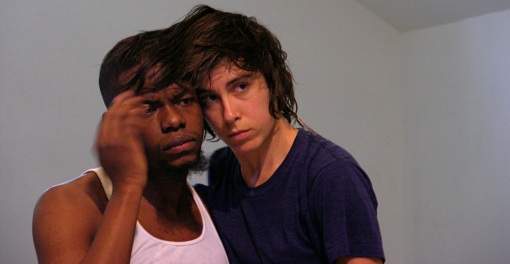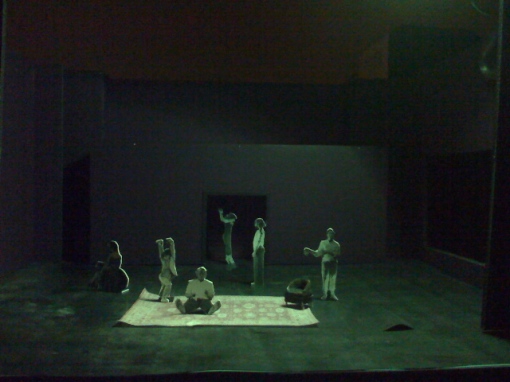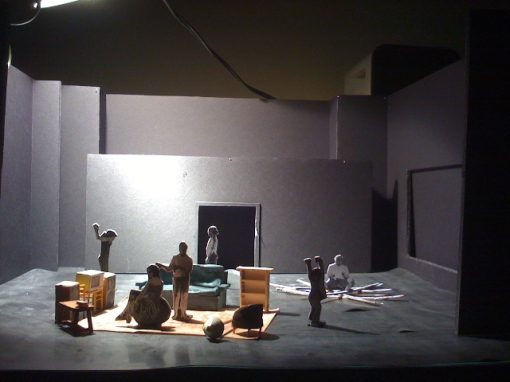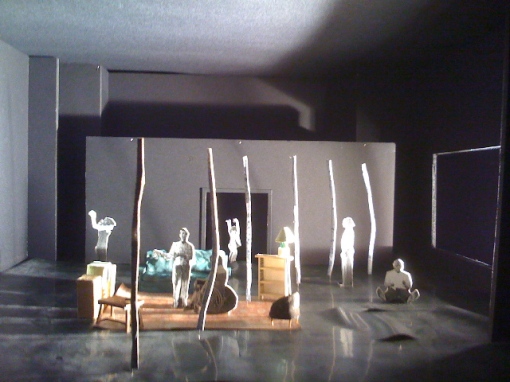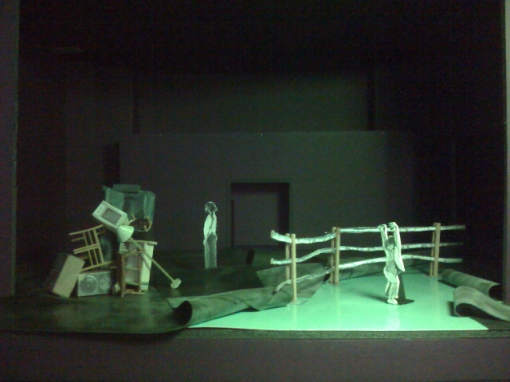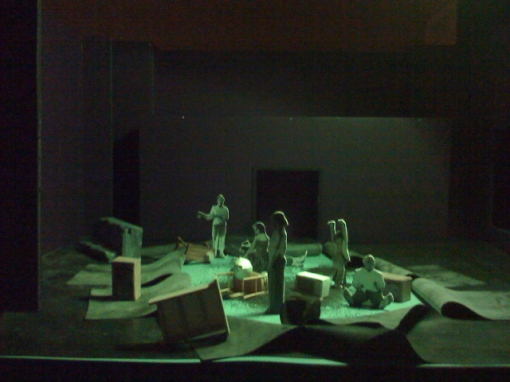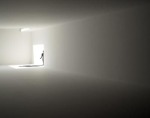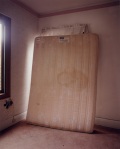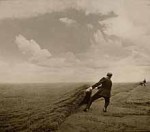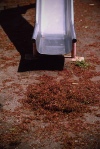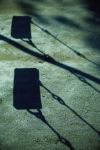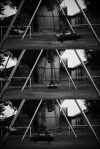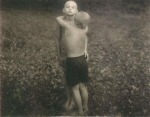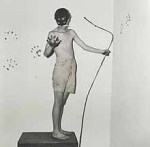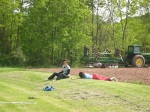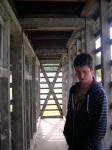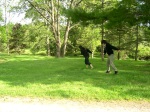Sometimes, you have to. We’re about to take MORE on tour to DC and Virginia. And dancer Christina Zani is now this pregnant:
Bodily changes are perfectly in keeping with the world of MORE: bodies appear, change, disagree, and go away.
(Ideally, MORE would be performed once a year for the next century. Dancers would gradually lose their ability to do the movements, then – not to be too morbid – die off. Six dancers, then five, then four. The final version would be a solo.)
But because Christina’s due date is during our tour, she can’t perform as Pregnant MORE Dancer.
So we have to replace her. But dancers are not interchangeable, not in our work anyway.
One of the simplest ways to categorize dance and theater artists: how they replace a performer. Regional theater and big touring dance companies can hold a cattle call audition. But like most companies that make original work, we don’t just “teach someone the role;” we adapt the role. Amy Smith volunteered to step in, which helps a LOT, because she went through the whole process of making and performing MORE.
Christina injured her achilles tendon during the making of MORE. Rather than replacing her (the normal choice in the dance world), we included her injured body in the piece. She does a duet in a wheelchair, and, later, this solo in the wheelchair that is one of the emotional pivots of the performance:
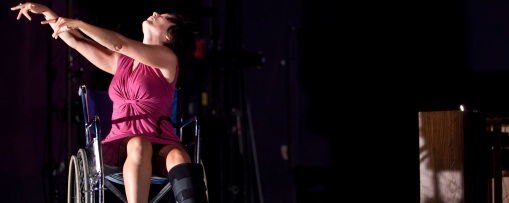 When you try to “get a dance back,” by running through the movement and looking at video, you have a lot of conversations like this:
When you try to “get a dance back,” by running through the movement and looking at video, you have a lot of conversations like this:
NICHOLE: It’s here where we’re usually…..
[PAUSE]
AMY: I remember that.
CHRISTINA: Yeah I think we just…..
NICHOLE: …too make it easier to get the wheels in the right orientation.
AMY: Yeah, that’s the….
[PAUSE]
CHRISTINA: …and making it seem less intentional.
AMY: Yep.
NICHOLE: Ok.
AMY: Cool.
Dancers also vibe off of each other physically. Put them in proximity and they will start to move together and breathe together.
And after a few rehearsals, Amy is ready to step in to the duet with Nichole.
Since you’re still reading, here’s an image Kate Watson-Wallace (dancer in MORE) sent me: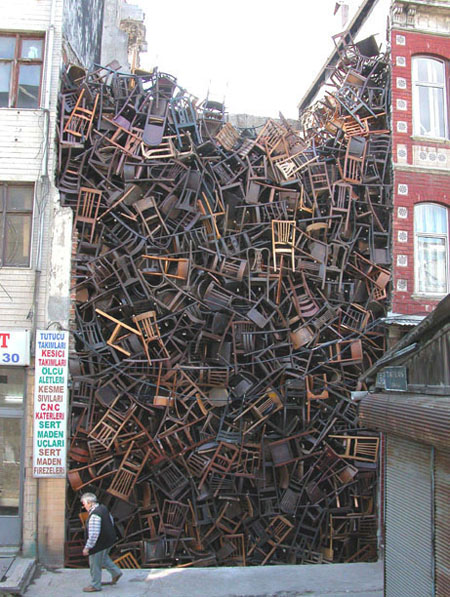
This is a stunning piece by Doris Salcedo and it captures something about the tone and verb of MORE.
Excess.
Abandonment.
Passing.
Time scales.
It’s so important to know that artists in other mediums (like Doris Salcedo) are making powerful discoveries about the questions I keep asking.
Especially when the questions we are asking – as in MORE – have a lot to with loss.

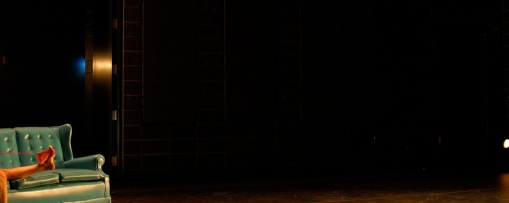
![[gickr.com]_0f25dc76-f22f-26d4-0dc5-559aef991090](https://makingmore.files.wordpress.com/2011/03/gickr-com_0f25dc76-f22f-26d4-0dc5-559aef991090.gif?w=510)
![[gickr.com]_53b98f5e-9f4e-21f4-0d4a-c8fd2696b616](https://makingmore.files.wordpress.com/2011/03/gickr-com_53b98f5e-9f4e-21f4-0d4a-c8fd2696b616.gif?w=510)
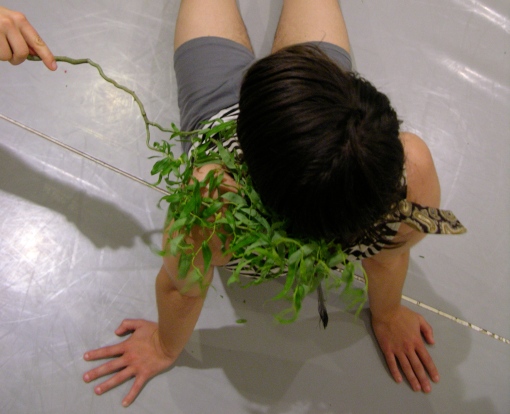 IN:
IN: